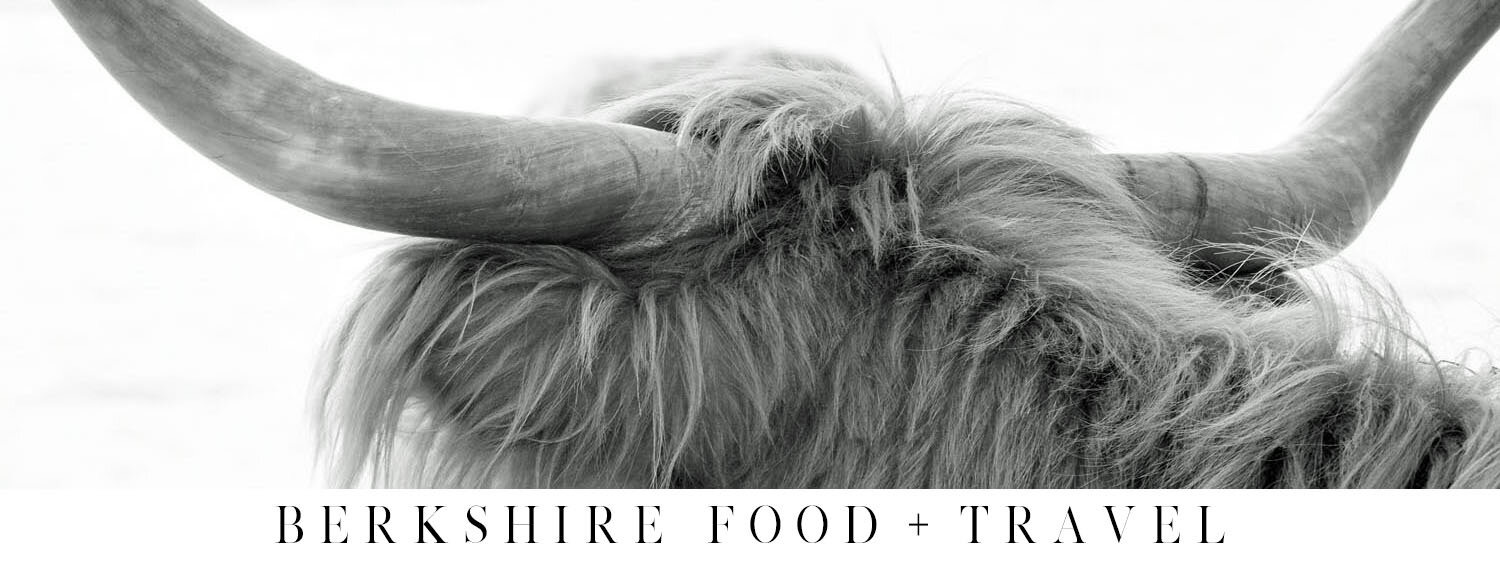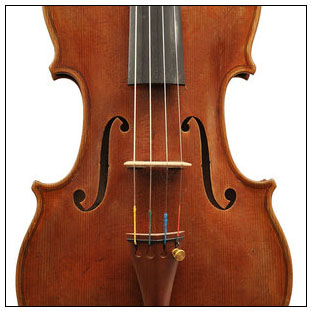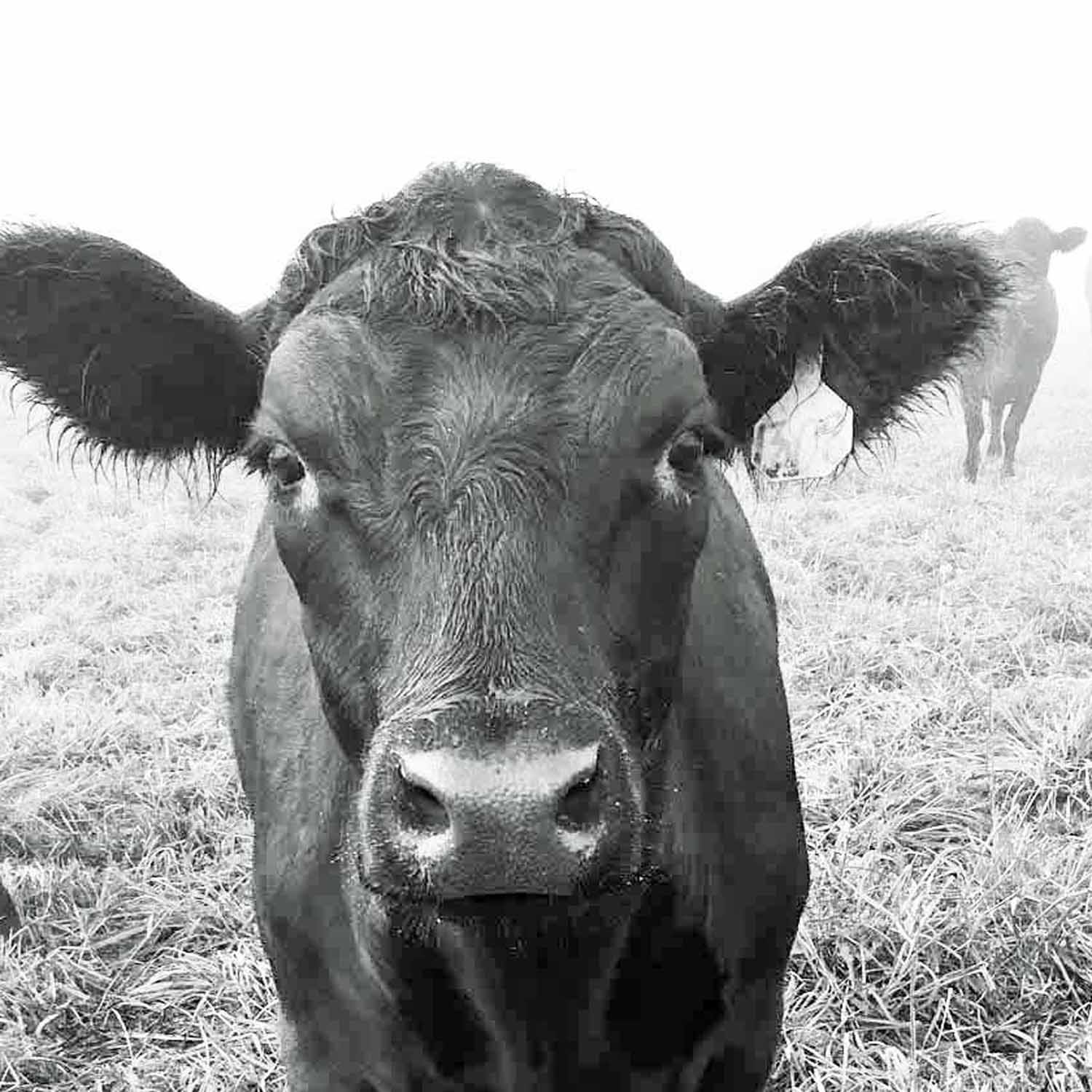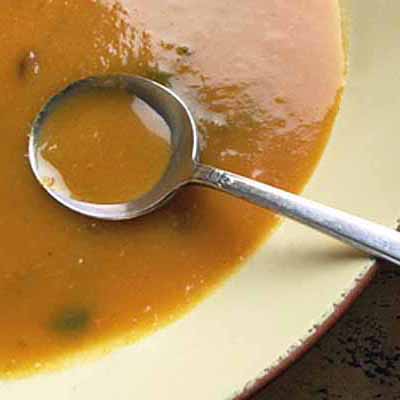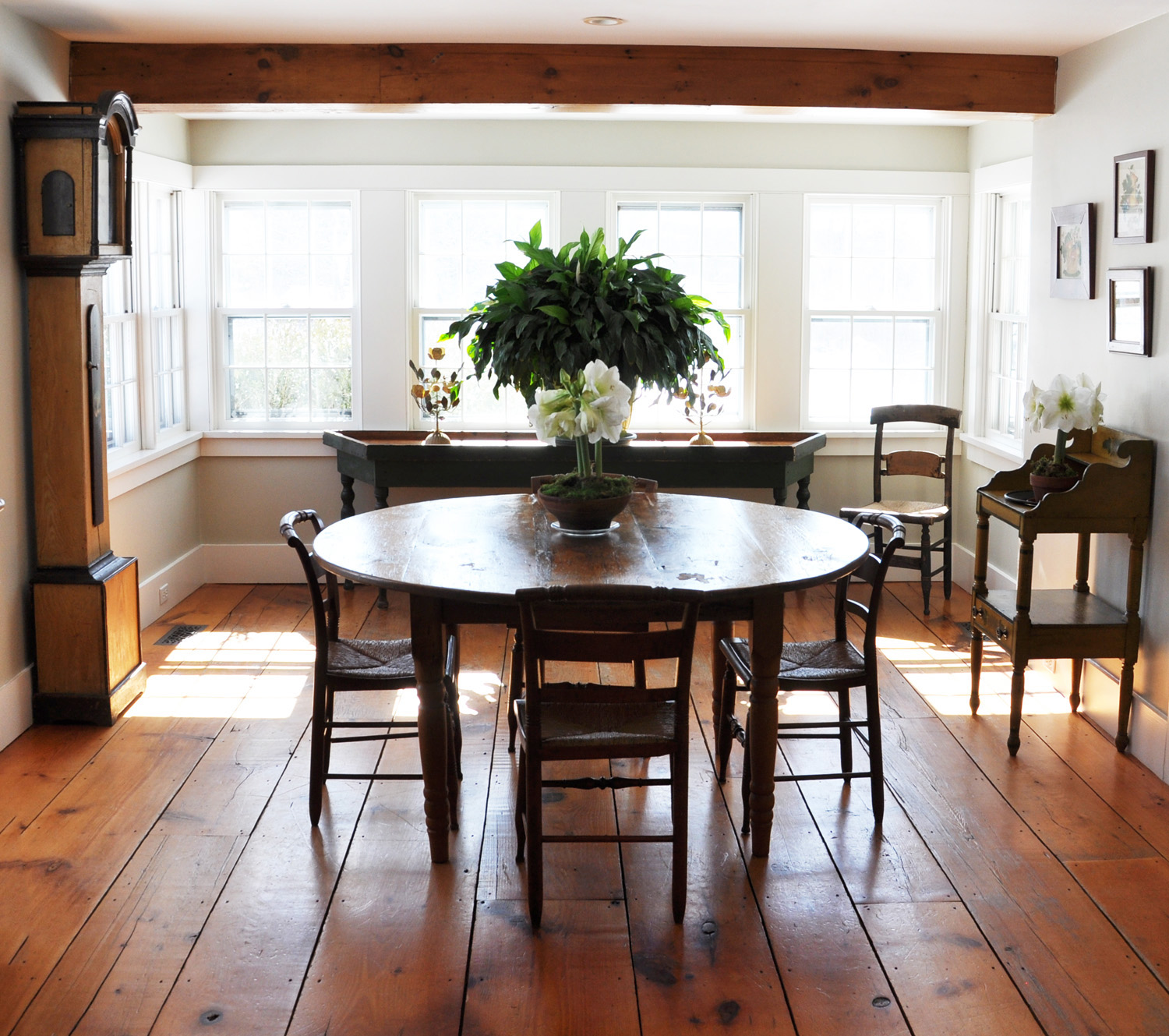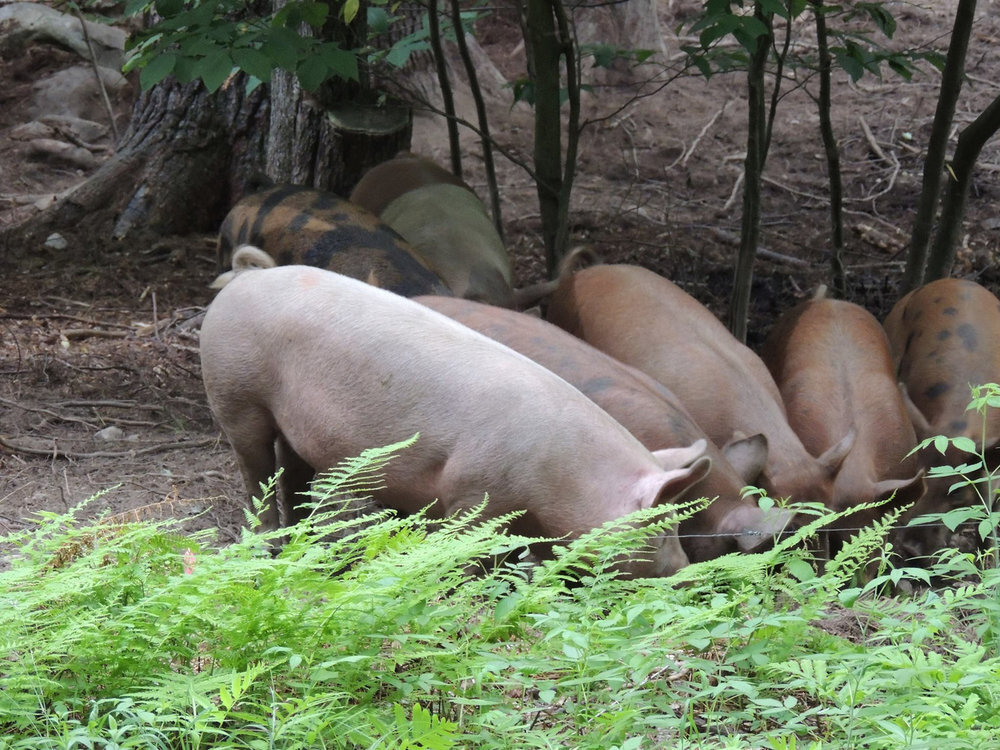BLUE MOON SHROOMS
Leslie Taft owned and operated Blue Moon Shrooms in Housatonic, MA, and over a period of years delivered oyster mushrooms and shiitakes to many restaurants in the Berkshires. She also sold her mushrooms at the Great Barrington Farmers Market. Sadly, Leslie passed away in 2018.
INTERVIEW: "Oyster mushrooms grow all around North America. The ones you see around here in the summer are a creamy grey color, and I grow the yellows, which is a strain that originated in Asia; and so-called ‘blues’, which are blue grey; and the browns. It’s exciting to watch them progress from what they call a ‘pin’, which is just a little bud, a little bump, into the perfect mushroom that’s ready to be picked."
"When the yellow mushrooms start, they start looking like cauliflower, and then eventually the caps emerge and differentiate until it becomes this huge, gorgeous cluster. Some of them weigh 2 or 3 pounds, believe it or not."
"I grow basically two species of mushrooms – I grow shiitake and I grow oyster mushrooms, and I grow three varieties of oysters. The shiitake are a species that originated in Asia."
"A shiitake mushroom which is picked at the exact right moment, when the cap is just beginning to unfurl, and you have that little fringe around the edge … that’s a beautiful thing. "
"I take great pride in delivering to restaurants a shiitake mushroom that’s absolutely perfect and was picked that morning and is still ‘quivering’, so to speak. And, I think that’s the beauty of this kind of farming, that the product is so fresh."
"The gentleman who first showed me how to cultivate shiitake, said that in Japan, traditionally, after you inoculate your logs, the whole household would assemble, and the head of the household would say ‘mushrooms, please emerge or else we’ll all have to leave the village’. So, of course, I do that and so far it seems to work."
INTERVIEW: Leslie Taft
Shiitake Logs
My shiitake grow from blocks (logs) made of hardwood sawdust; in eastern North America we use oak logs. The sawdust is sterilized, put into a huge autoclave and steamed to kill any extraneous fungi or bacteria or anything that might interfere with the growth of the shiitake mycelium. When the sawdust has been sterilized, it's mixed with grains, which are also sterilized, then put into plastic bags and inoculated with the spawn, which is the mycelium of the shiitake. Then, they are put into an environment where the temperature and humidity are regulated, and that mycelium grows throughout the medium (sawdust) and in doing so it compacts and forms a shape of the bag and is left to cure. The log is then ready to grow shiitake.
Oyster Mushroom Bags
My oyster mushrooms are grown in food-grade black plastic bags. Inside the bags is straw that has been chopped up and sterilized by steam, then inoculated with the oyster spawn and put in the right environment. The spawn, the mycelium, runs all through the growth medium, and when they are ready, you put them in the right environment and there are little holes in the bags and these clumps of mushrooms just poke through these holes.
Growing Environment
Everyone assumes you grow mushrooms in the dark, but that is not the case with these. These mushrooms need a certain amount of light; equivalent to light in the forest. The temperature is also regulated; the shiitake like it a little cooler, and the oyster, especially the tropical (yellow) one, can tolerate it a little warmer. I keep the temperature of the growing room around 65 degrees. Humidity 85-90%. One more thing to pay attention to is entrainment; keeping the air flowing gently and smoothly throughout the grow rooms.
Largest Living Organism
I believe the largest living organism on the planet is a mushroom. And, most of us do not realize that the mushroom that we see and eat is actually the fruiting body of the organism. The organism itself is this mass of mycelium. It is a thread-like structure, one cell thick, and it is located either underground or in a tree.
Mycologist Paul Stamets
Mushrooms are a fascinating subject, and someone who really knows about them is Paul Stamets, of Olympia, WA, who spends significant time in the Olympic rainforest. The more we learn about it, the more we find that nature has remedies for our ailments and the ailments of the planet. Stamets, for instance, is doing work in myco-remediation – using mushrooms to help the environment.
Mushrooms as Medicine
In order for mushroom mycelium – only one cell thick – to survive in a hostile environment full of pathogens, they have developed properties that are strongly anti-microbial. Early forest dwellers and Asian cultures have long been aware of these properties – and now modern researchers are beginning to catch on. In the 1940s, the discovery of penicillin, derived from a fungus, began the age of antibiotics and changed the course of history. Japanese researchers about thirty years ago began studying mushroom extracts in the prevention and treatment of cancer. Certain mushrooms are considered to have strong anti-viral properties as well, and studies are indicating possible effectiveness in treating HIV, shingles, herpes, and pox-related diseases – even the common cold. The two species of mushrooms that I cultivate (out of over 140,000 species) are considered by many to boost the immune system, serve as a tonic for the liver, inhibit tumor growth, and lower cholesterol. And, they are delicious. The well-known health advocate, Dr. Andrew Weil says: if you want to live a long and health life – eat shiitake everyday. Good advice!
